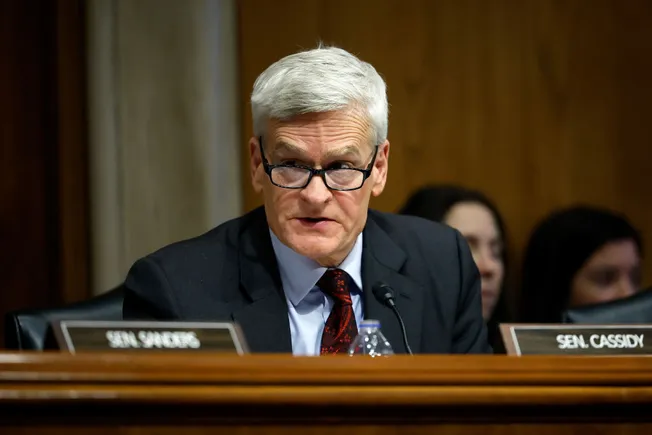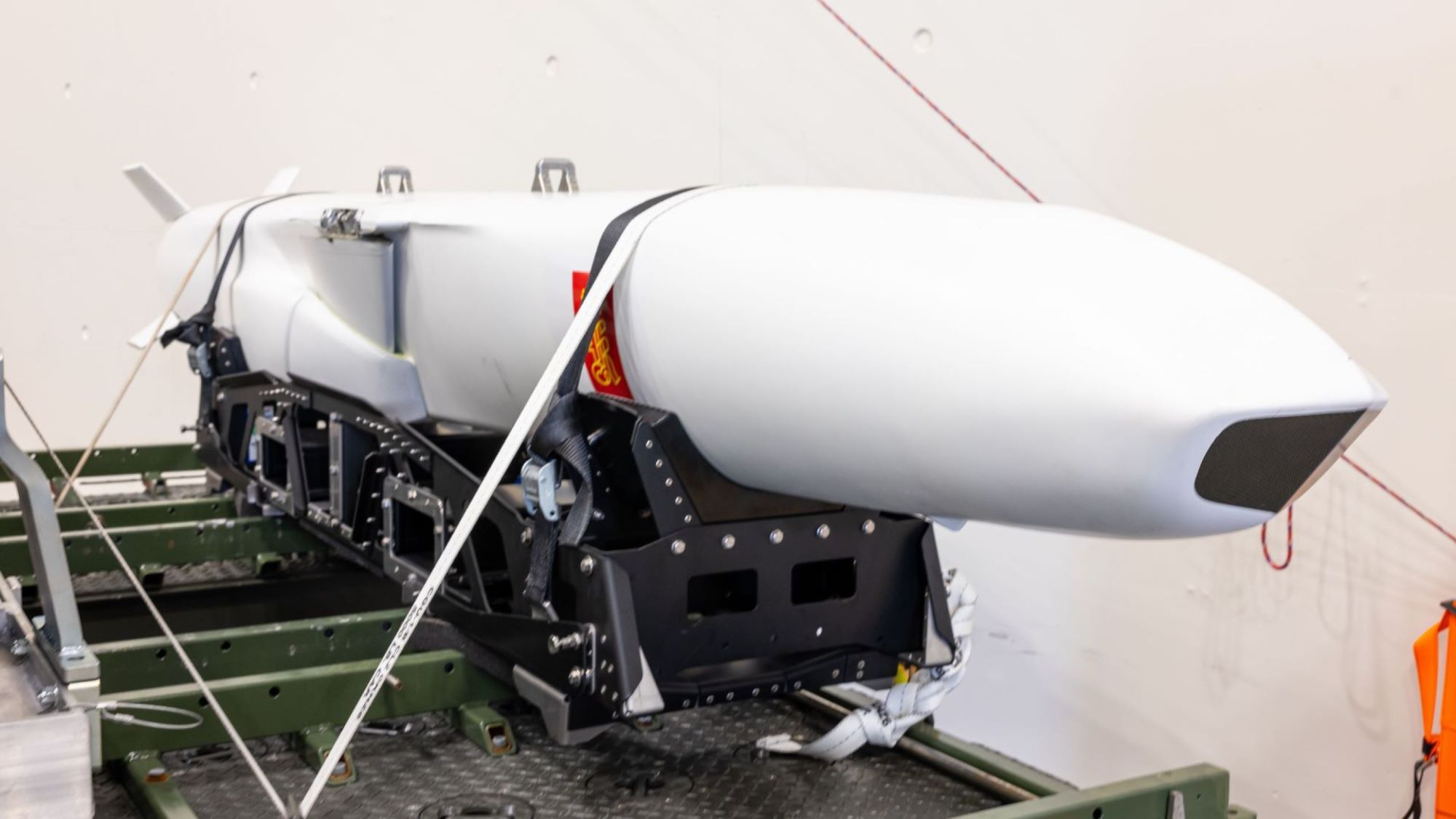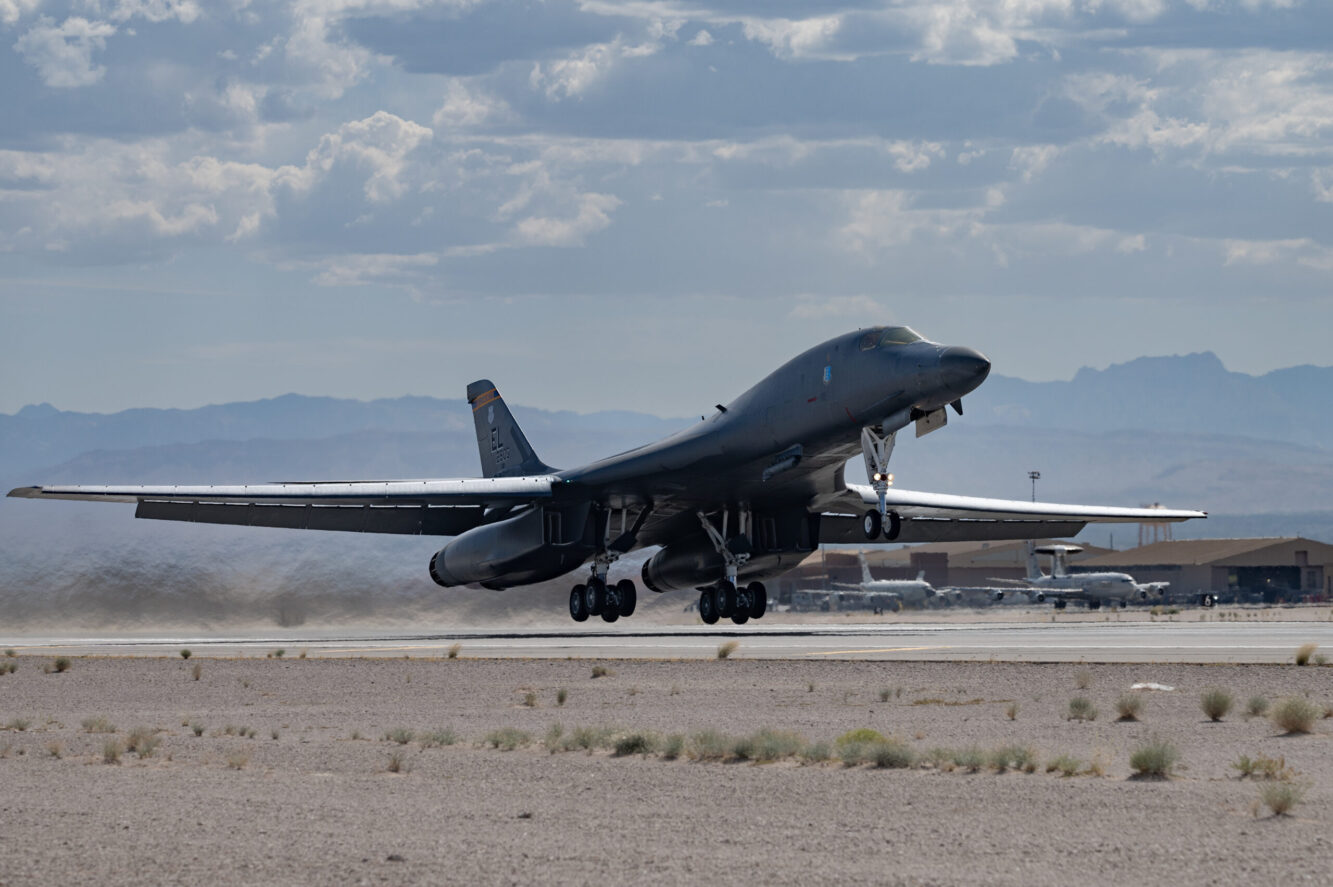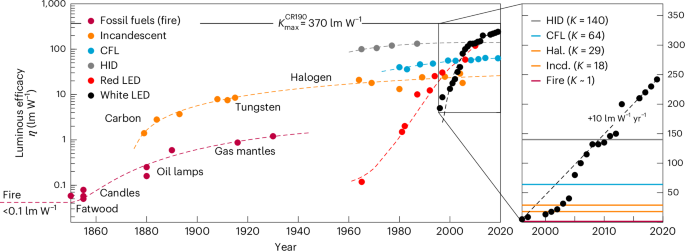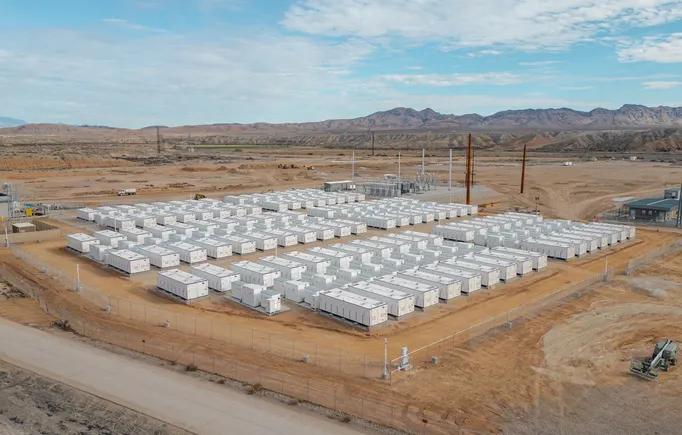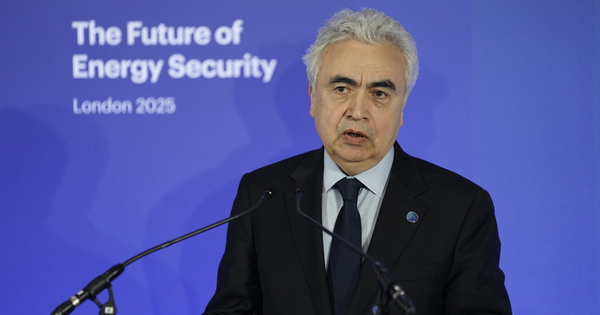‘Blatant disregard’: Air Force, Senate panel face off over infrastructure spending
“We’ve got too much infrastructure, and oh, by the way, Congress passed a law that said they’re going to expect us to pay double for that excess infrastructure that we don’t want. We’ve got to fight that,” said Gen. David Allvin.


Air Force Chief of Staff Gen. David Allvin testifies before the House Armed Services Committee for the Department of the Air Force fiscal year 2025 budget request, Washington, D.C., April 17, 2024. (U.S. Air Force photo by Eric Dietrich)
WASHINGTON — Over the past several months, Air Force Chief of Staff Gen. David Allvin has repeatedly stressed a key message: The Air Force has roughly 30 percent excess infrastructure, and if the service is going to free up funds necessary to spend on top priorities, officials must be able to shrink installation footprints where prudent.
Speaking at the Apex Summit held in National Harbor, Md. last week, Allvin once again hit on the topic, while putting a marker down that he’s ready to go to the mat over what he views as Congress exacerbating the issue — leading to scathing pushback from Senate Armed Services Committee Republicans, but a more receptive response from its House counterpart.
“We’ve got too much infrastructure, and oh, by the way, Congress passed a law that said they’re going to expect us to pay double for that excess infrastructure that we don’t want,” he said. “We’ve got to fight that.”
Allvin was referring to a specific clause in the fiscal year 2025 National Defense Authorization Act requiring the military services to incrementally increase their spending on plant replacement value (PRV), which essentially measures how much it would cost to replace an existing facility under current construction methods. The bill required spending to rise to 4 percent of PRV by the 2030 timeframe, a stipulation lawmakers said would force the services to improve installations whose dismal conditions have been extensively documented by watchdog reports.
Allvin previously discussed the NDAA requirement during a speech at the McAleese defense programs conference in March, saying that it would require roughly $13 billion more in annual spending that was “unexecutable” for the Air Force — especially given that the service has infrastructure it doesn’t “need.”
But in comments to Breaking Defense, a spokesman for the Republican majority on the Senate Armed Services Committee made clear that Allvin’s bid for legislative relief from the provision would not fly — turning a wonky budget issue into an unusually public back and forth between a service chief and his authorizing committee.
“Why a service chief would publicly oppose a provision that was adopted last year on a 25-0 roll call vote in committee is beyond me,” the spokesperson said. “This blatant disregard for maintaining our barracks and facilities is an affront to the troops, their families, and to the taxpayers. That old way of thinking is why the Department of Defense has over $200 billion backlog in maintenance projects. This is a readiness problem that feeds the recruiting and retention disaster that has plagued the Air Force and the Department at large.”
Informed of the SASC comment, Allvin told Breaking Defense that, “I truly appreciate what Congress has done to support our Airmen, including its assistance in ensuring our warriors live and work in quality infrastructure.
“My challenge is the roughly 30 percent excess infrastructure across our Air Force, which does not increase quality of life for our Airmen, nor the lethality of our force,” Allvin said in a statement. “I hope Congress will help us reduce that waste, as the taxpayers, our Air Force, and our great nation are all better served if that money goes towards warfighting and readiness.”
Removing Excess, Saving Money?
In contrast, a House Armed Services Committee staffer told Breaking Defense that their committee “remains amenable to discussing budgetary options with the administration.”
The staffer noted that the NDAA provision originated in the Senate and was agreed to in conference, when the HASC and SASC hammer out a final, compromise version of the bill, as “both committees recognized that the Services have historically accepted risk in facilities sustainment, often at the expense of servicemembers’ quality of life.”
“Congress routinely adds additional appropriations to the Facilities Sustainment and Restoration account to alleviate this chronic underfunding,” the staffer said, noting that the authorizing committees’ $150 billion reconciliation bill for defense includes $8.45 billion to help alleviate the problem. “USAF has never opposed Congress providing additional facility appropriations to support their mission.”
In theory, closing up shop on obsolete infrastructure sounds like an easy win, especially under a new aegis of DOGE that is searching for efficiencies across the government. But such moves are often met by resistance on the Hill for a range of reasons, from the effect they can have on a lawmaker’s district to potential risks in consolidating operations.
“Congress is tired about hearing from servicemembers, services, and families that barracks, offices, and motor pools are decrepit,” analyst John Ferrari at the American Enterprise Institute told Breaking Defense. Still, Ferrari said, the NDAA provision “was really just a ‘shot across the bow’ because it has no real effect.” Although the bill was authorized, appropriators did not back up the new requirements with necessary funds.
“[T]he fact is that Congress has not appropriated to the 4 percent,” Ferrari, a retired two-star Army officer, said. “So the authorization language is intent without teeth.”
Allvin has previously expressed that excess infrastructure is a target as the Air Force weighs Defense Secretary Pete Hegseth’s direction to reallocate roughly 8 percent of the Pentagon’s spending. The status of the budget drill is not clear, though the effects will likely be more fully realized once the DoD’s FY26 budget is unveiled later this year.
Breaking Defense previously asked SASC Chairman Roger Wicker, R-Miss., whether he would be supportive of a Base Realignment and Closure effort, which Allvin has publicly backed.
“I don’t think there’s much there,” he said in a January interview.











































































